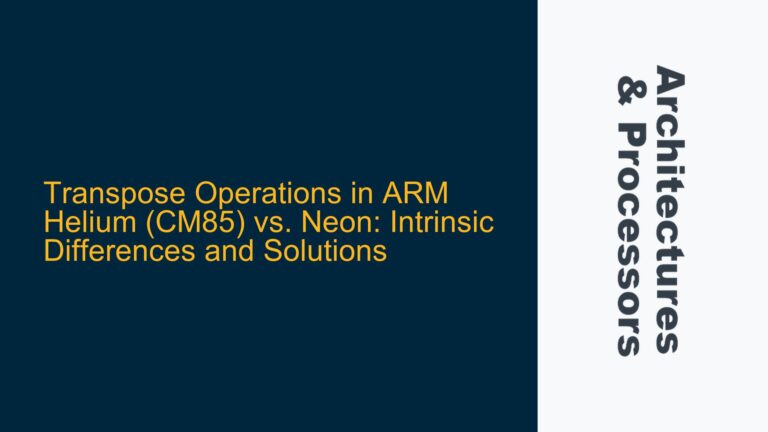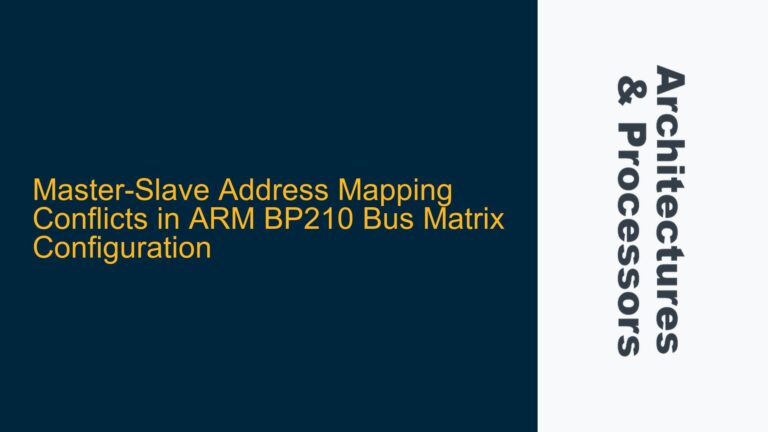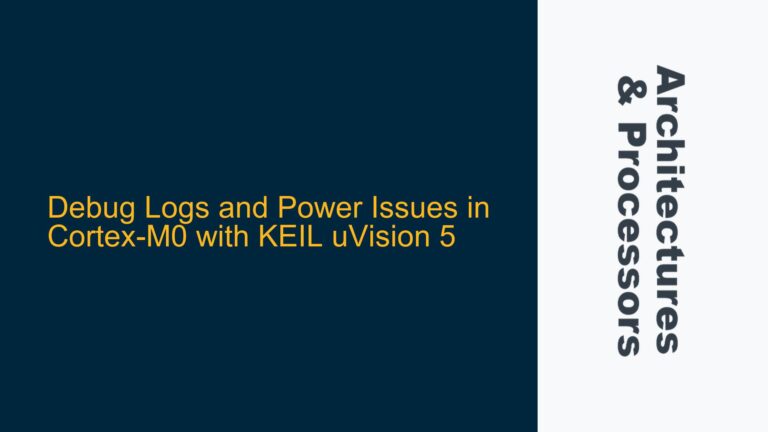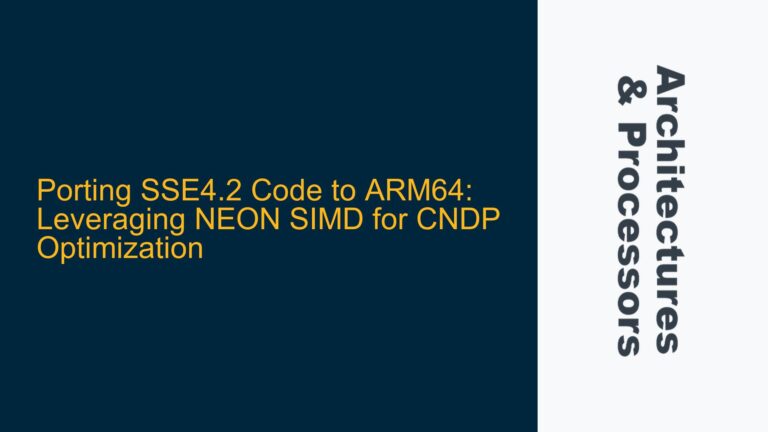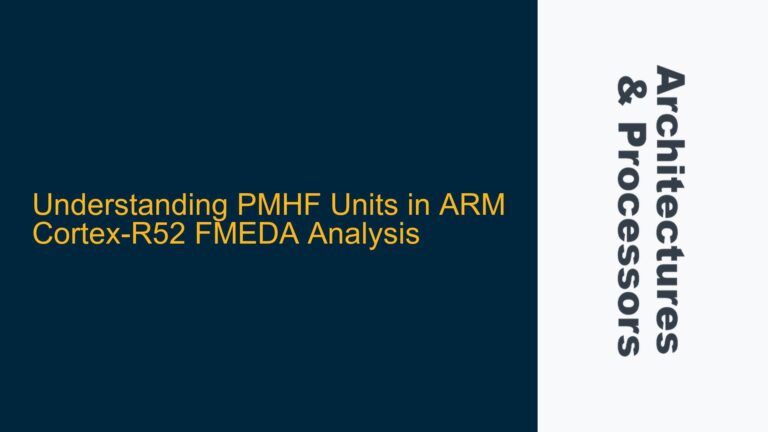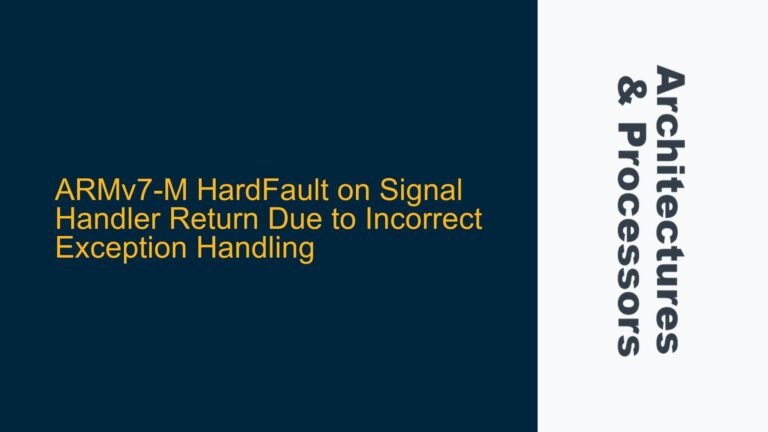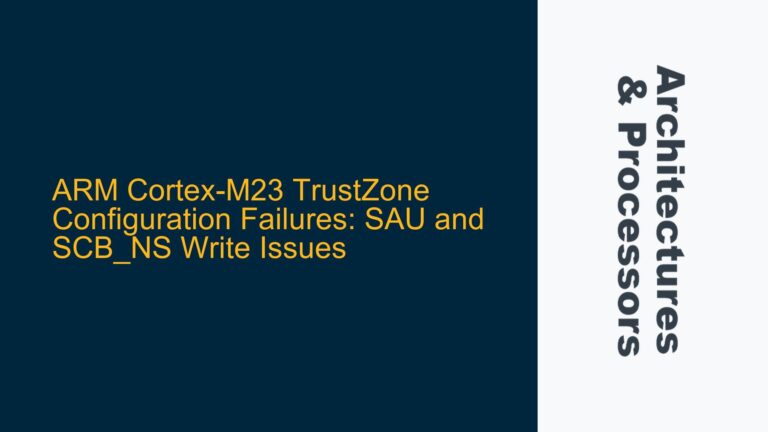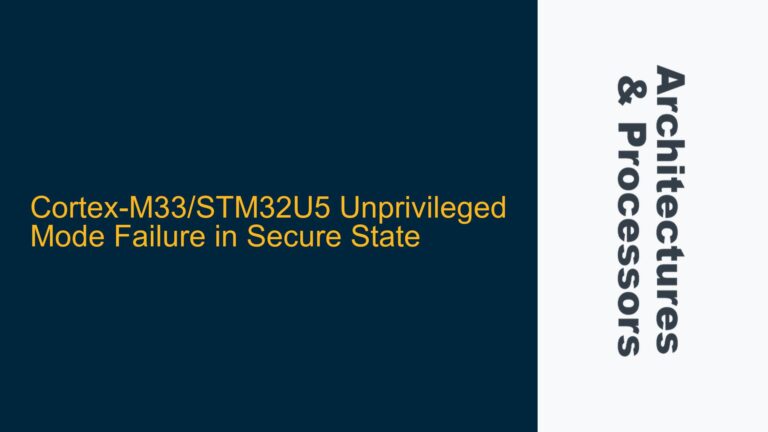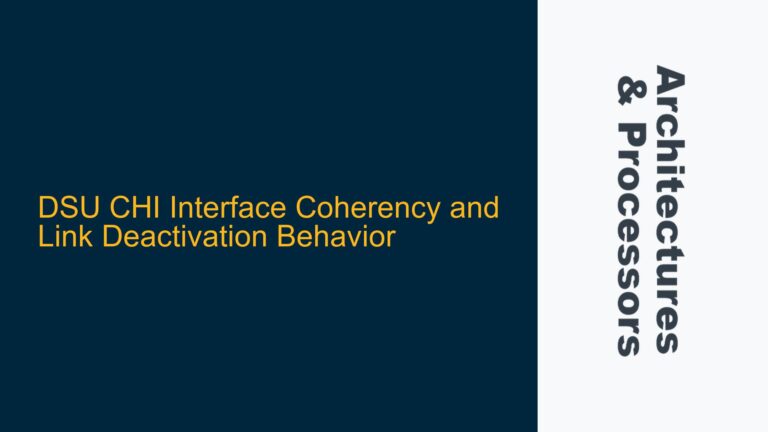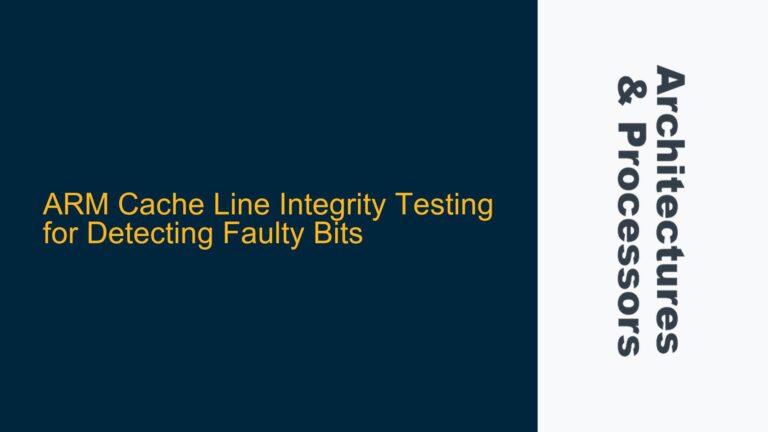Transpose Operations in ARM Helium (CM85) vs. Neon: Intrinsic Differences and Solutions
ARM Helium (CM85) Transpose Intrinsic Absence Compared to Neon The ARM Cortex-M85 processor, equipped with the Helium (M-Profile Vector Extension, MVE) instruction set, introduces significant enhancements for vector processing compared to its predecessors. However, developers transitioning from Neon-based architectures (e.g., Cortex-A series) to Helium may encounter challenges due to differences in intrinsic support. One such…
